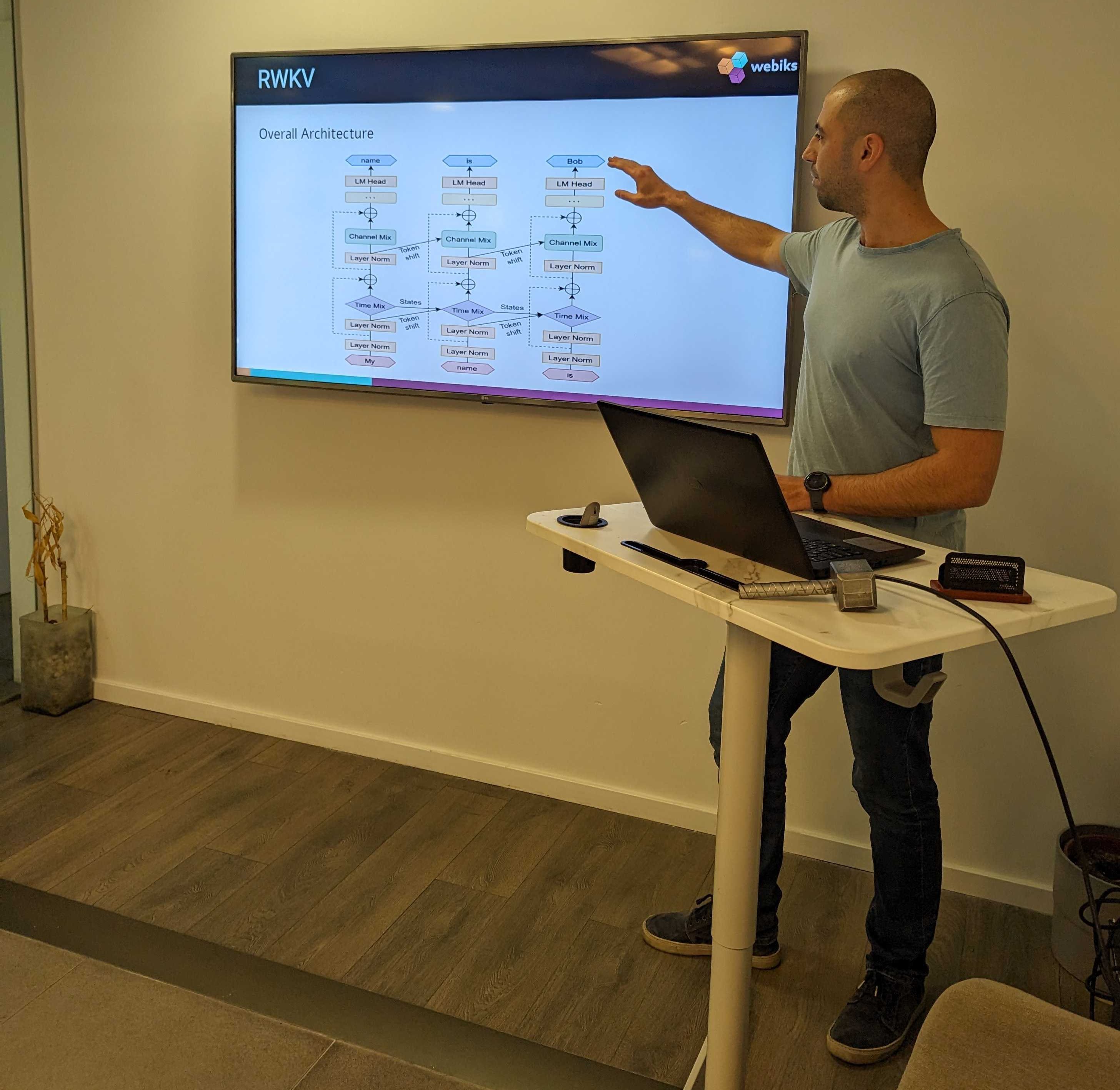
Mastering the Art of Client-Facing Data Science: Tips for Effective Reporting and Presentation
In the dynamic landscape of data science, being proficient in technical skills is indispensable, yet equally vital is the ability to effectively communicate findings and insights to clients. As a client-facing data scientist, your role transcends mere data analysis or ML modeling; you’re a storyteller, entrusted with translating intricate analyses into actionable insights that drive business decisions. In this blog post, I’ll share invaluable tips to help you excel in writing reports and presenting your work to clients while emphasizing the importance of setting common ground and maintaining consistency throughout your communication.
1. Establish Common Ground:
Before delving into analysis or crafting a report, it’s essential to establish common ground by employing a shared language. Define common terms and concepts that you’ll use throughout your report or presentation, ensuring clarity and mutual understanding from the outset. By aligning on terminology, you lay a solid foundation for effective communication and minimize the risk of misinterpretation.

Establishing Common Ground Through Context
2. Be Consistent with Terminology, Formats, and Visuals:
Consistency is key to fostering coherence and coherence in your communication. Maintain consistency in terminology, ensuring that key terms and concepts are used consistently throughout your report or presentation. Similarly, adhere to a consistent format, organizing your content in a logical and intuitive manner. From visualizations to slide layouts, strive for consistency to enhance readability and comprehension.

Consistency Through Terminology
3. Know Your Audience:
Understanding your audience’s background, expertise, and specific needs is paramount. Tailor your communication style and level of technical detail to resonate with your audience, whether you’re presenting to executives or fellow analysts. By adapting your message to your audience’s preferences and expectations, you enhance engagement and facilitate meaningful dialogue.

4. Define Clear Objectives:
Set clear objectives for your analysis and presentation, articulating the problem you’re addressing and the insights you aim to uncover. Establishing clear goals guides your analysis and ensures that your findings are relevant and actionable for the client. By aligning your objectives with the client’s needs, you demonstrate value and foster trust in your expertise.
You can read about the optimization of a client’s AI pipeline as an example of defining clear objectives with your client.
5. Tell a Compelling Story:
Transform data into a compelling narrative that captivates your audience’s attention. Structure your report or presentation as a cohesive story, guiding the audience through the data analysis process from inception to conclusion. Use storytelling techniques to convey insights in a relatable and memorable manner, fostering deeper engagement and understanding.
6. Visualize Your Data Effectively:
Harness the power of visualizations to communicate complex information quickly and intuitively. Select the appropriate charts, graphs, and diagrams to highlight key insights and trends effectively. Ensure that your visualizations are clear, concise, and visually appealing, avoiding clutter and unnecessary distractions. By presenting data visually, you facilitate comprehension and enhance the impact of your message.
This post about advanced statistical analysis can provide more insights about data visualizations.

7. Provide Context and Interpretation:
Contextualize your findings and provide insightful interpretation to help your audience understand their significance. Explain the methodology behind your analysis, elucidate any assumptions or limitations, and offer actionable recommendations based on your insights. By providing context and interpretation, you empower your audience to make informed decisions and drive positive outcomes.
8. Practice Effective Communication:
Effective communication encompasses more than just words—it encompasses tone, body language, and delivery. Practice active listening, encourage questions and feedback, and be prepared to clarify any technical jargon or concepts. Build rapport with your clients, fostering open dialogue and collaboration to ensure mutual understanding and alignment.
9. Iterate and Refine:
Continuous improvement is key to success in client-facing data science. Solicit feedback from clients and colleagues, and leverage it to iterate and refine your reporting and presentation skills. Learn from both successes and failures, and strive to continually enhance your ability to communicate complex ideas with clarity and impact.
In conclusion, mastering the art of client-facing data science demands effective communication, storytelling, and presentation skills, underpinned by setting common ground and maintaining consistency throughout your communication. By understanding your audience, defining clear objectives, telling a compelling story, visualizing data effectively, providing context and interpretation, practicing effective communication, and iterating and refining your approach, you can deliver actionable insights that drive business value and foster lasting partnerships with your clients.